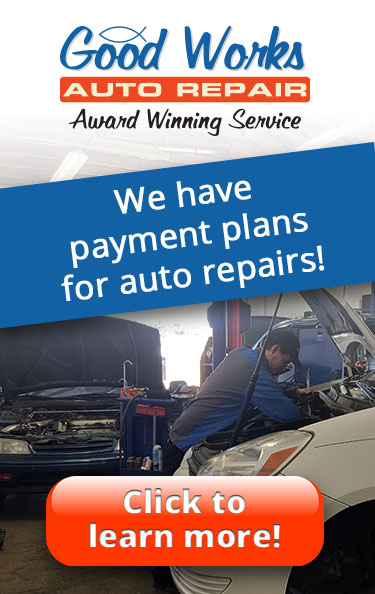According to AAA, cooling system failures are one of the leading causes of vehicle break-downs on the highway. Yet most of these breakdowns can be prevented by the following preventative maintenance by a trusted auto repair shop. Cooling system neglect is cited as a principal reason for mechanical failure of a vehicle. In addition to the danger and inconvenience of a breakdown, the damage to the engine and transmission can add up to thousands of dollars. Once corrosion takes place, the damage is difficult to reverse. Your cooling system needs to be pH balanced. Using the proper coolant keeps the dissimilar metals in the cooling system from being eroded by electrolysis. It is also important essential to the optimal performance of your vehicle’s engine, maintain engine temperature, and prevent overheating. “A coolant forces heat building up in your car’s engine to your car’s radiator, where your engine’s airflow system expels the excess heat. Without coolant, heat gets trapped in your engine, which can lead to serious damage,” according to ehow.com.
Every car that overheats, does so because of the lack of coolant either because of a leak or because of a restriction of the flow (closed thermostat, plugged radiator, or a water pump that’s not pumping because of a drive belt that broke or an impeller that’s come loose). Overheating can damage valve guides, scuff pistons, crack cylinder heads, and crush head gaskets. Flush your cooling system once a year. The best time is at the beginning of the summer or the beginning of the winter. According to one auto website, the current price of plastic tank radiators is approaching $600-800 and damages related to the deterioration of aluminum covers costing $600 to $1,000 to repair, the big question is why not spend between $60 and $125 for a cooling system flush every 30,000 miles or once a year?
In a cooling system service, your repair shop should check the coolant level, condition, and concentration, check for leaks, see that the entire cooling system is clean, completely flush the coolant from the system, add new and proper coolant, add conditioners to prevent rust and corrosion, inspect belts and hoses, replace any leaky parts, and replaced damaged or worn pipes. Keep your vehicle’s cooling system working properly – it will save you time and money in the long run for sure.
Schedule My Appointment Now!
